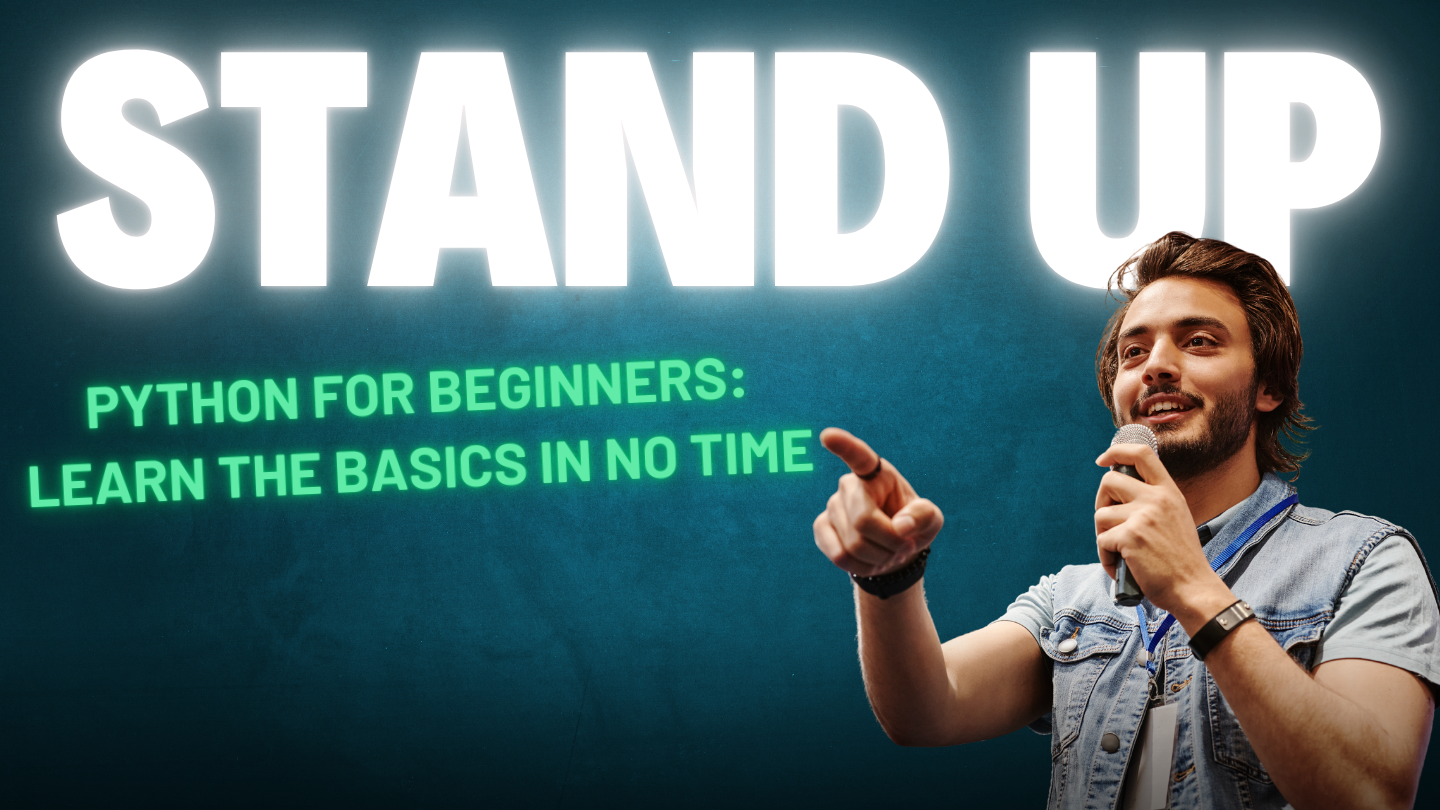
Python is one of the most popular programming languages in the world, known for its simplicity and versatility. Whether you want to build websites, analyze data, or automate tasks, Python is an excellent language to start with. In this beginner-friendly guide, we’ll cover the essential Python concepts you need to know to get started quickly.
1. What is Python?
Python is an interpreted, high-level programming language that emphasizes readability and ease of use. Created by Guido van Rossum in the late 1980s, Python is known for its clear syntax and wide range of applications. It is often used for web development, data analysis, machine learning, automation, and more.
2. Installing Python
To start programming in Python, you first need to install it.
- Download Python: Go to the official Python website python.org and download the latest version for your operating system.
- Install Python: Follow the installation instructions, and make sure to check the box that says “Add Python to PATH” before proceeding.
Once installed, you can open a terminal or command prompt and type python to confirm it’s set up correctly.
3. Writing Your First Python Program
Now that Python is installed, it’s time to write your first program. Open any text editor (like Notepad, VS Code, or PyCharm) and type the following code:
Save the file with a .py extension (e.g., hello.py) and run it through the terminal or command prompt by typing python hello.py. You should see the output: Hello, World!.
This simple program demonstrates how to print text to the screen, which is a common operation in Python.
4. Understanding Variables and Data Types
In Python, variables store data, and you can assign values to them using the = operator. Python supports several data types, such as strings, integers, and floats. Here are some examples:
You can use these variables in operations or print them out to the screen:
5. Working with Lists
Lists are a fundamental data structure in Python. They can store multiple items, such as numbers or strings, and are ordered and changeable. Here’s how to create and work with lists:
Lists allow you to store and manipulate collections of items efficiently.
6. Control Flow: If Statements
Python uses control flow statements to make decisions in your programs. The most common is the if statement, which checks if a condition is true. Here’s an example:
This checks if the variable age is greater than or equal to 18 and prints the appropriate message.
7. Loops: Repeating Actions
Loops allow you to repeat actions in your programs. The most common loops in Python are for and while loops. Here’s an example using a for loop to print the numbers from 1 to 5:
The range() function generates a sequence of numbers, and the for loop iterates through them. The output will be:
8. Functions: Organizing Code
Functions are a way to organize and reuse code. You define a function with the def keyword, followed by the function name and parameters. Here’s an example of a simple function:
Functions help you break down complex programs into smaller, more manageable parts.
9. Error Handling with Try-Except
Sometimes, your program might run into errors. Python provides a way to handle these errors gracefully using try and except. Here’s an example:
This ensures your program doesn’t crash and provides an error message instead.
10. Next Steps: Practice and Learn More
Now that you’ve learned the basics of Python, it’s time to practice! Try writing small programs and experimenting with different Python features. There are many resources available online, including tutorials, forums, and documentation, to help you continue learning and improving your skills.
Python is a powerful and beginner-friendly language that’s perfect for getting started with programming. By understanding the basic concepts, you’ll be well on your way to building your own applications. Keep practicing, and you’ll soon be writing more complex programs with ease!


